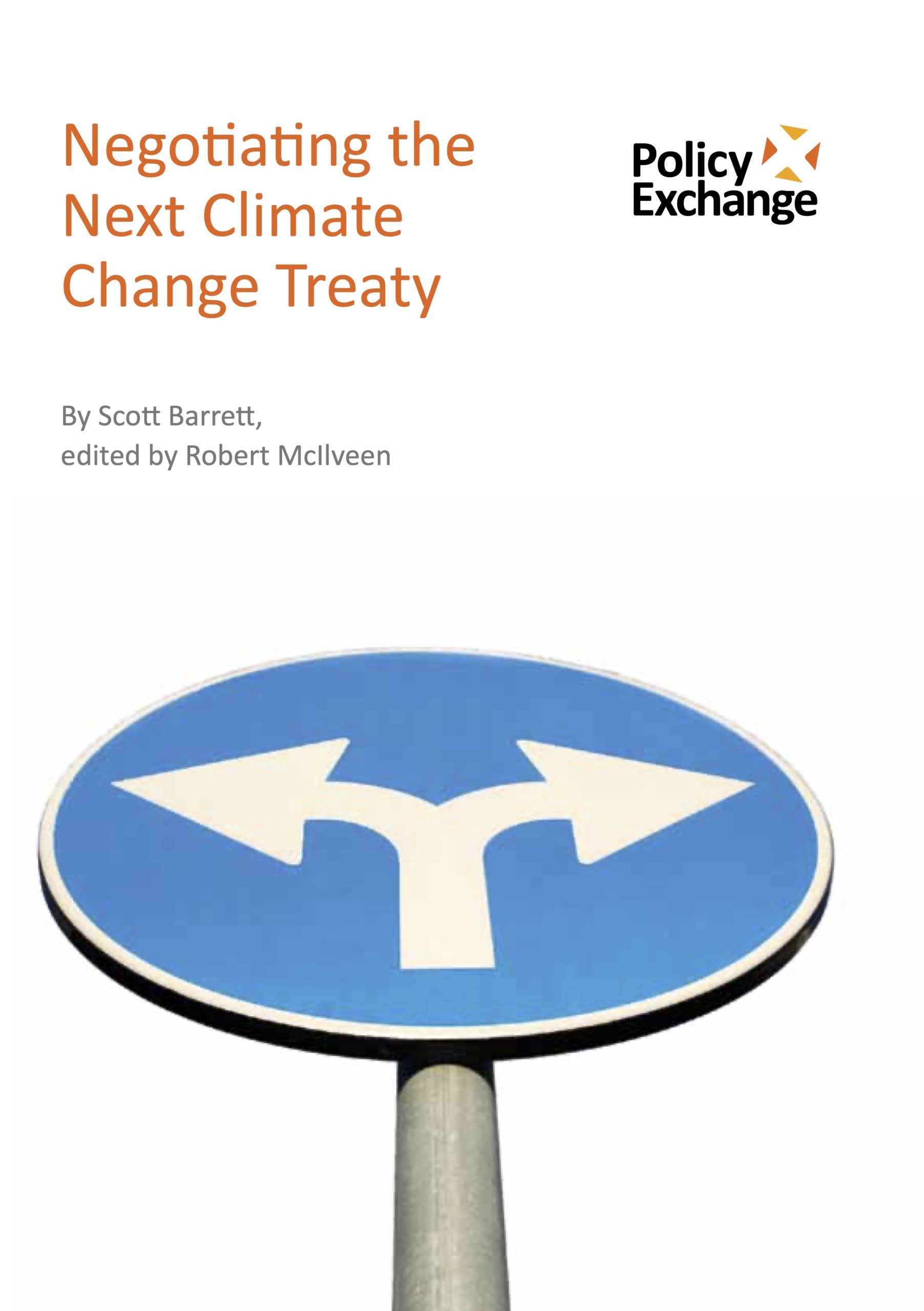
Negotiating the Next Climate Change Treaty
By Scott Barrett; Edited by Robert McIlveen
Copenhagen is the new Kyoto, and it may turn out to be little better than its predecessor. While there are demands for a deal all around, the design and content of that deal has received less attention than it deserves. The approach taken at Kyoto and Copenhagen, of legally binding aggregate targets, is not working. It lacks credible enforcement mechanisms.
There is a better way. The Montreal Protocol, which dealt with ozone-depleting substances, is a model of success. Not only has it phased out substances such as CFCs which damage the ozone layer, it has done more to mitigate climate change than Kyoto even aspired to achieve. Treaty negotiation is complex and difficult. Yet if we are not to end up with a lowest-common-denominator treaty which achieves nothing, several key things need to be in place.
This report not only sets out an alternative approach; it also develops the reasoning behind it. While the result will be imperfect and is not, by design, as cost-effective as a Kyoto-style approach would have been if it had worked, the approach outlined has a much greater chance of actually delivering significant cuts in greenhouse gas emissions. In fact, as the case of HFCs demonstrates, it already has.

